From risk to resilience
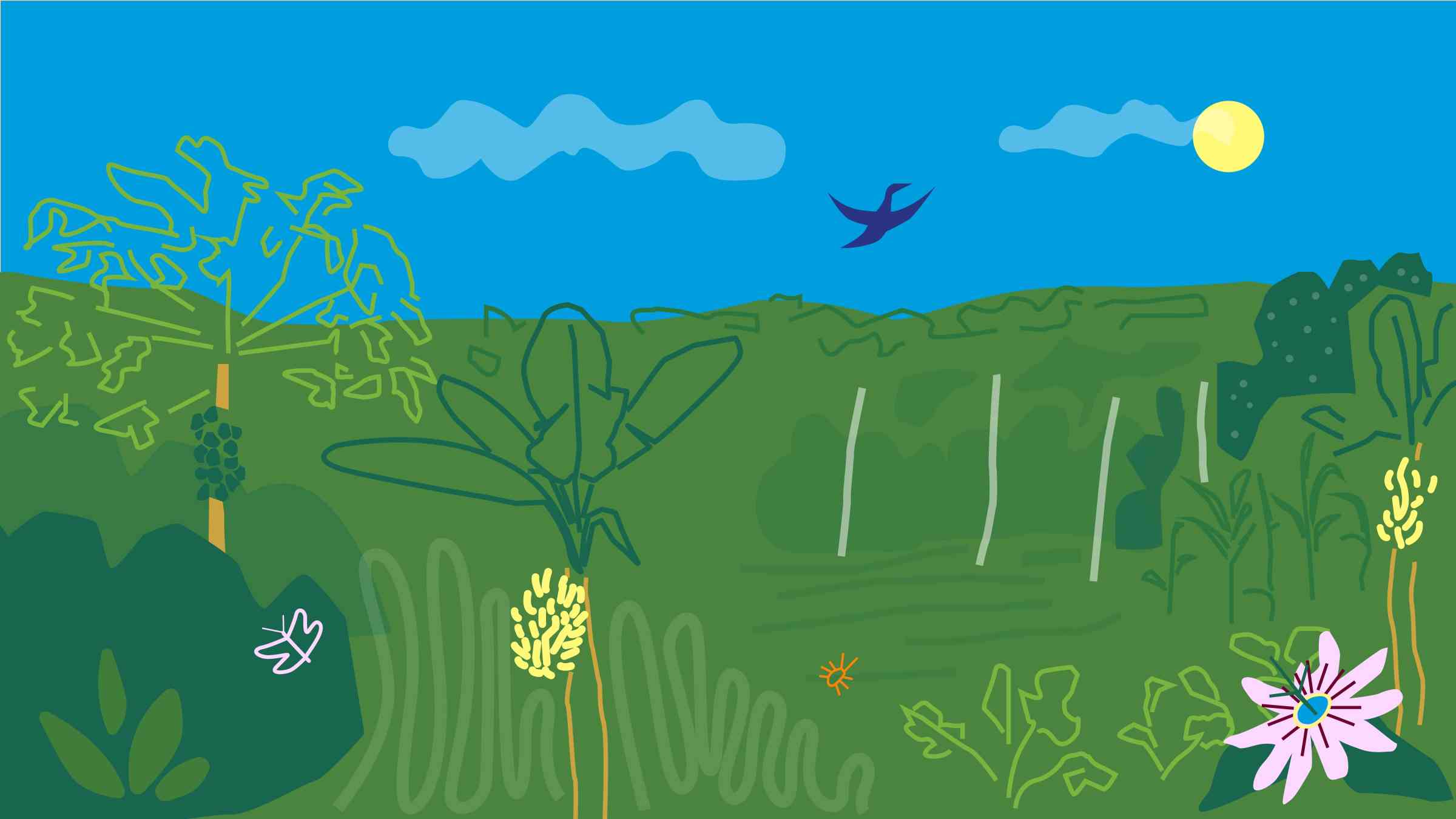
What are the five resilience attributes that help resilience flourish?
After decades of increasing frequency and amplitude of extreme events –from rising global environmental change to COVID-19– the world finally recognizes the shift of the Earth system from a relatively stable state to a relatively unstable one. COVID-19, to put it simply, is a manifestation of the Anthropocene. Unsustainable exploitation of natural habitats, human trade, and risky handling of animals colliding with a globalized, hyper-connected world of travel and trade have created the perfect conditions for risks to emerge and spread.
COVID-19 is a harbinger of a new global risk landscape. This new risk landscape is the result of an accelerating loss of social and ecological resilience, driven by massive human-driven changes to the Earth system. Events, such as pandemics, financial crises, and synchronized food shocks, propagate and interact more rapidly than in the past and with a greater geographic spread.
These shocks in this new risk landscape intersect with one another, just as COVID-19 compounded locust outbreaks, flooding, and geopolitical instability in the Horn of Africa. This new risk landscape has disproportionate impacts on groups that are vulnerable to shocks and stresses. New shocks reinforce pre-existing conditions, such as environmental degradation, conflict, and hunger. Rising inequality is one of the key challenges of our time. Eroding social resilience to shocks and stresses causes far-reaching ramifications for human well-being and impacts economic stability, democratic processes, social tension, and conflict.
Clearly, humanity will increasingly face similar kinds of cascading or systemic risks, cross-sectoral and global shocks. The challenge is to respond by building a truly resilient future.
We all recognize the need for resilient recovery from the COVID-19 crisis. However, recovery plans today are focused on returning to pre-crisis states but do little to build resilience to future shocks and stresses.
A resilient recovery requires investment in five empirically established attributes that can help foster resilience on the ground: diversity, redundancy, connectivity, inclusivity and equity, and adaptive learning.
1. Diversity
Investing in diversity provides flexibility and the space for innovations to respond to change. For example, global food production is becoming increasingly homogenous, creating conditions for risks to propagate. We will be better equipped to cope with change if we invest in the diversification of crops and livelihoods.
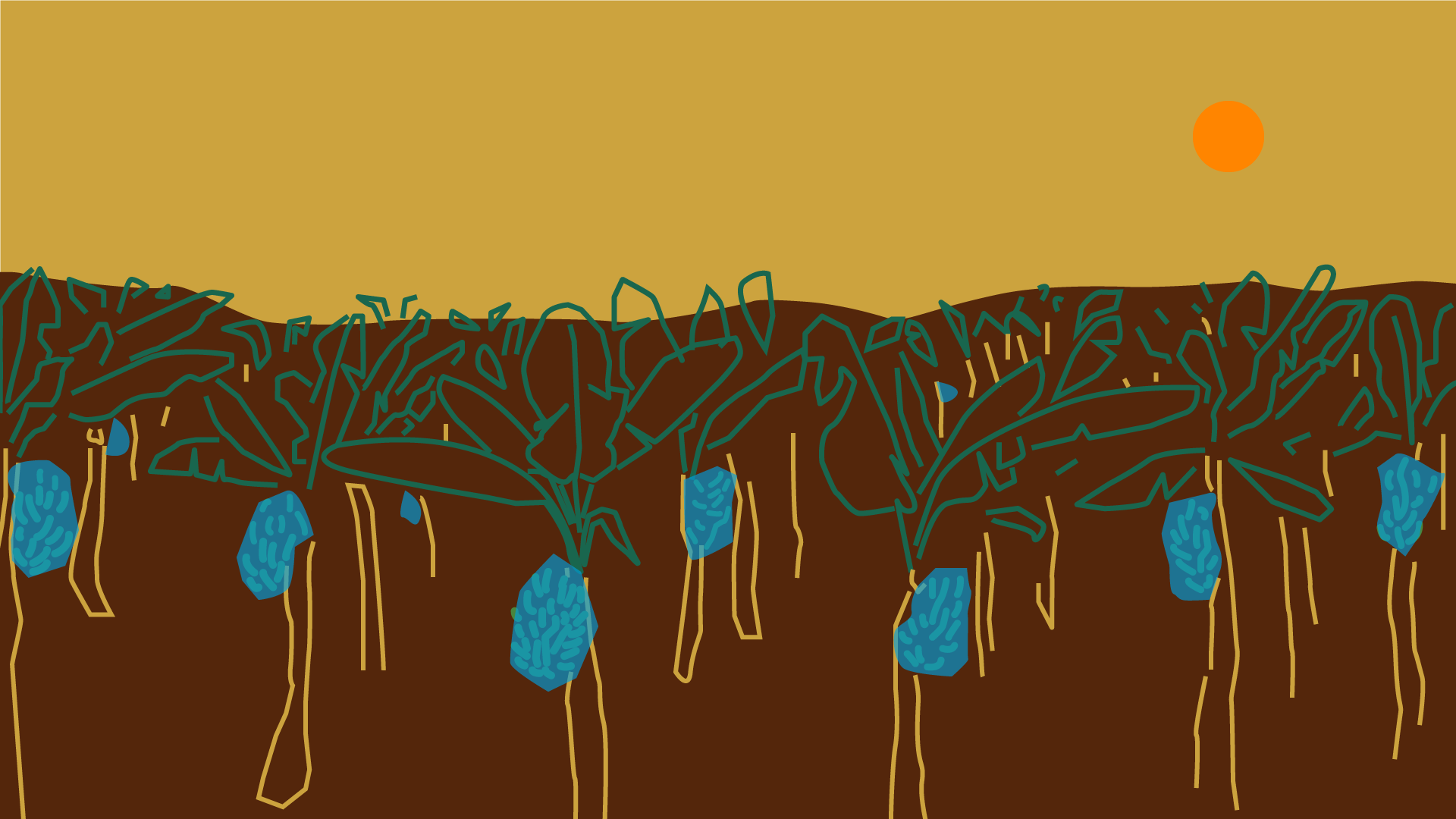
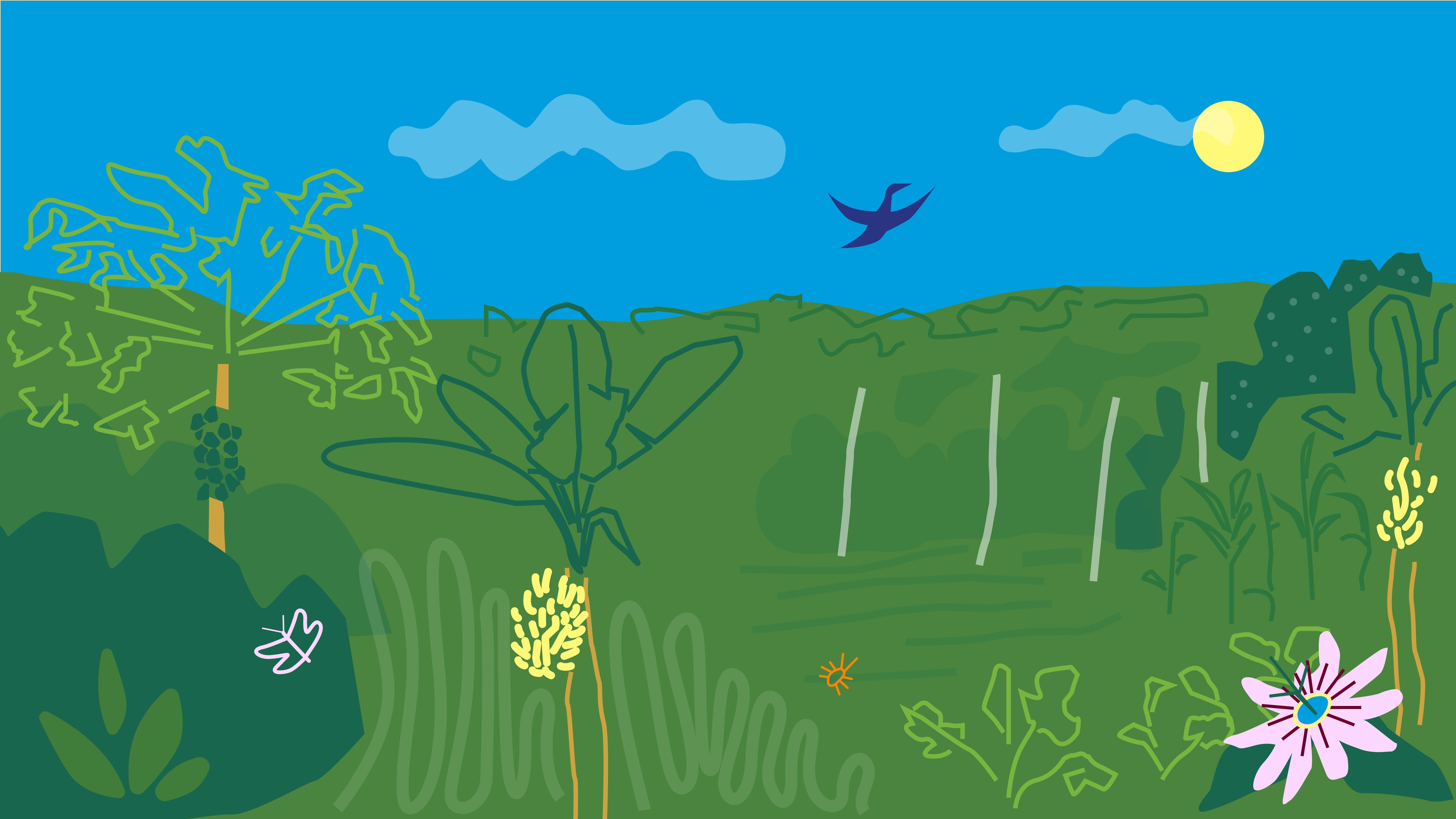
Illustration: E. Jonsson/Azote
2. Redudancy
Rather than increased efficiency as the only pathway to success, redundancy works with diversity to ensure that multiple options reinforce each other, thereby creating alternatives in the face of uncertain shocks and stresses. For example, dense and healthy mangrove forests can reduce storm surges by 66%. Coral reefs decrease wave strength and height. Together, both coral reefs and mangroves can further lessen the effects of storm surges and flooding.

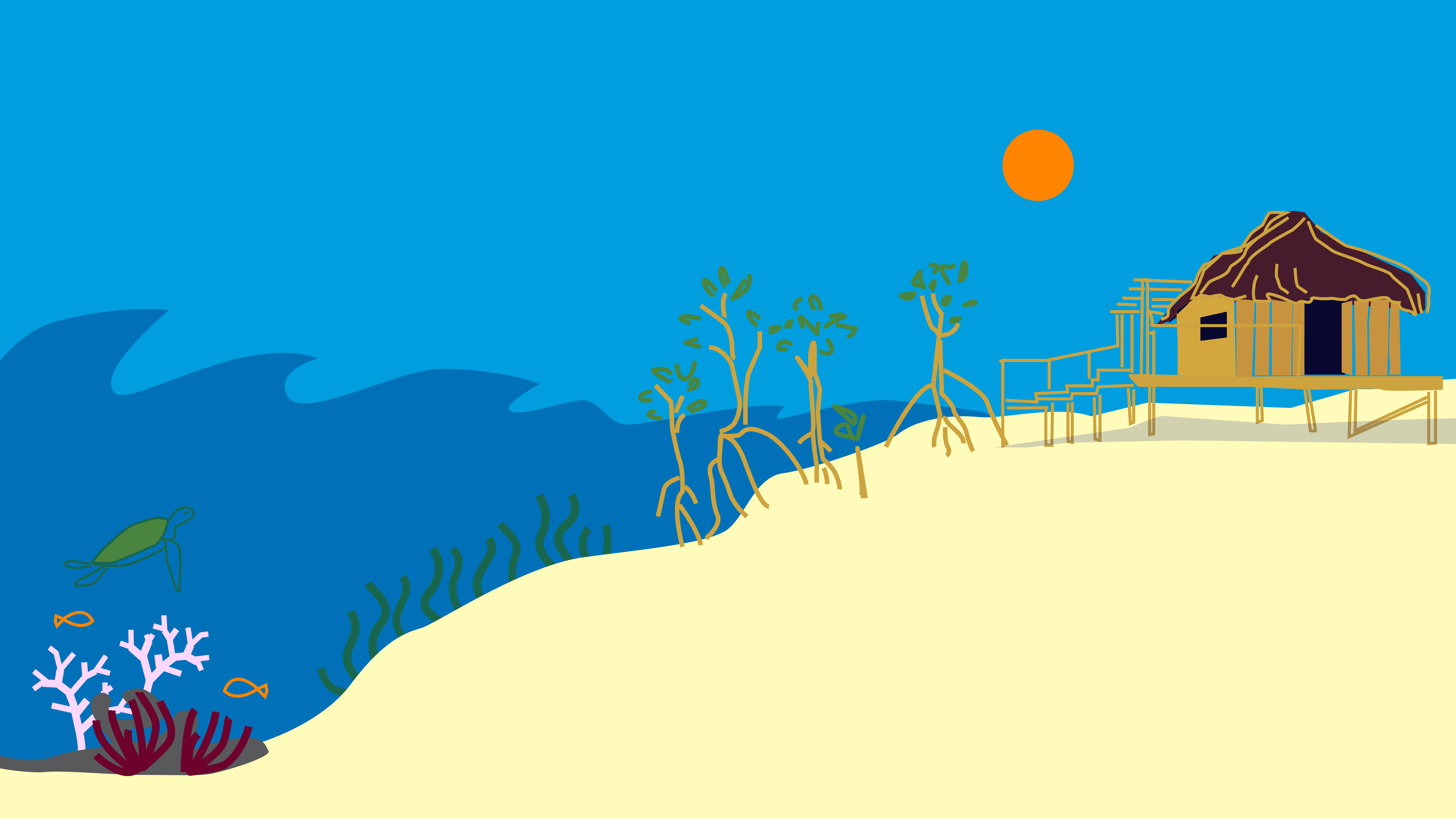
Illustration: E. Jonsson/Azote
3. Connectivity
Balancing connectivity is fundamental for resilience. High levels can promote recovery and enable shared learning during and after a disaster. The mobilization of grassroots communities in the Global South, for example, helped spread information regarding the pandemic and share lessons between communities to help promote recovery. But connectivity can also increase the potential for disturbances to spread, as demonstrated by the rapid spread of COVID-19 with cascading effects on health, social, and economic systems.
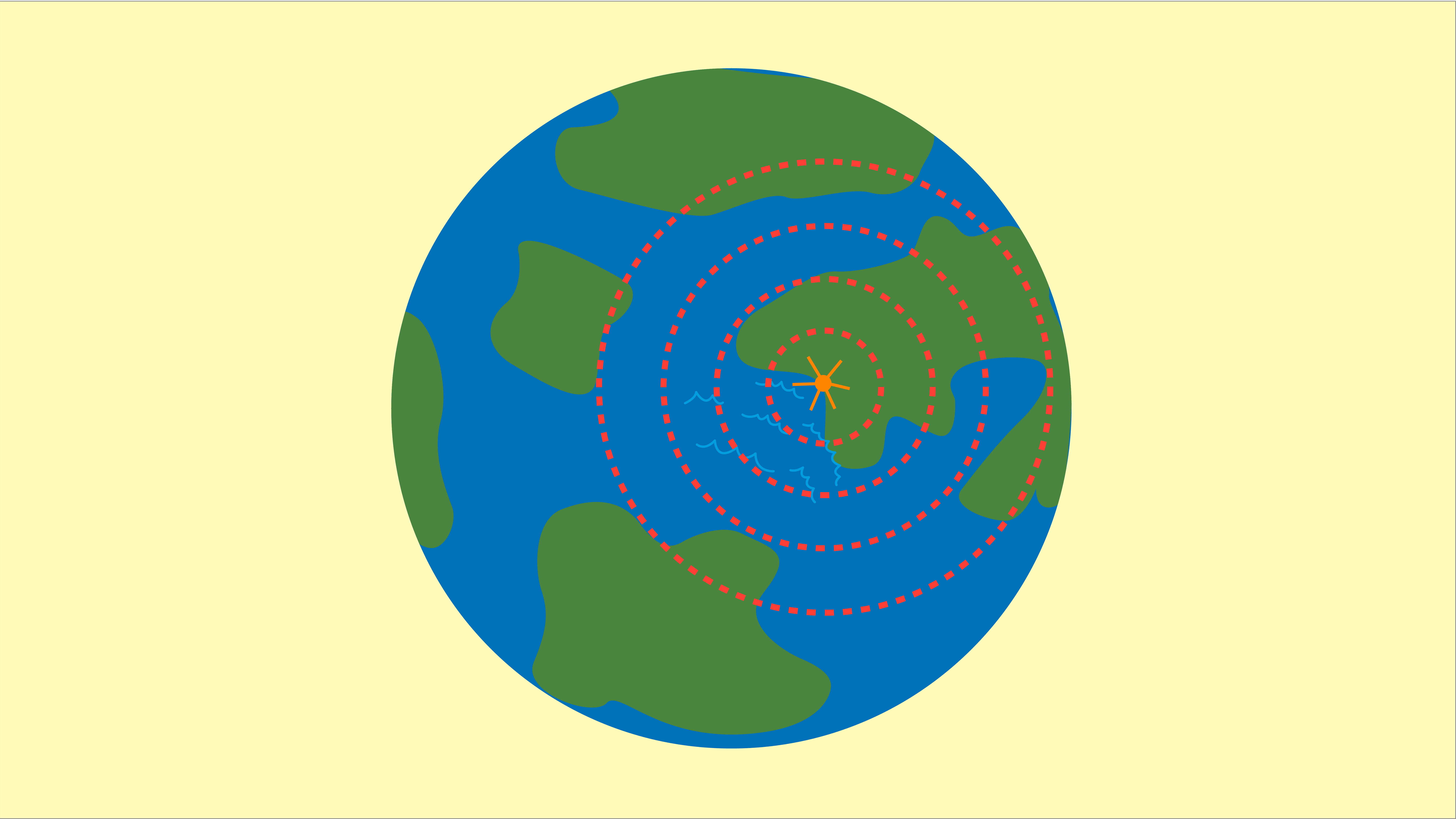
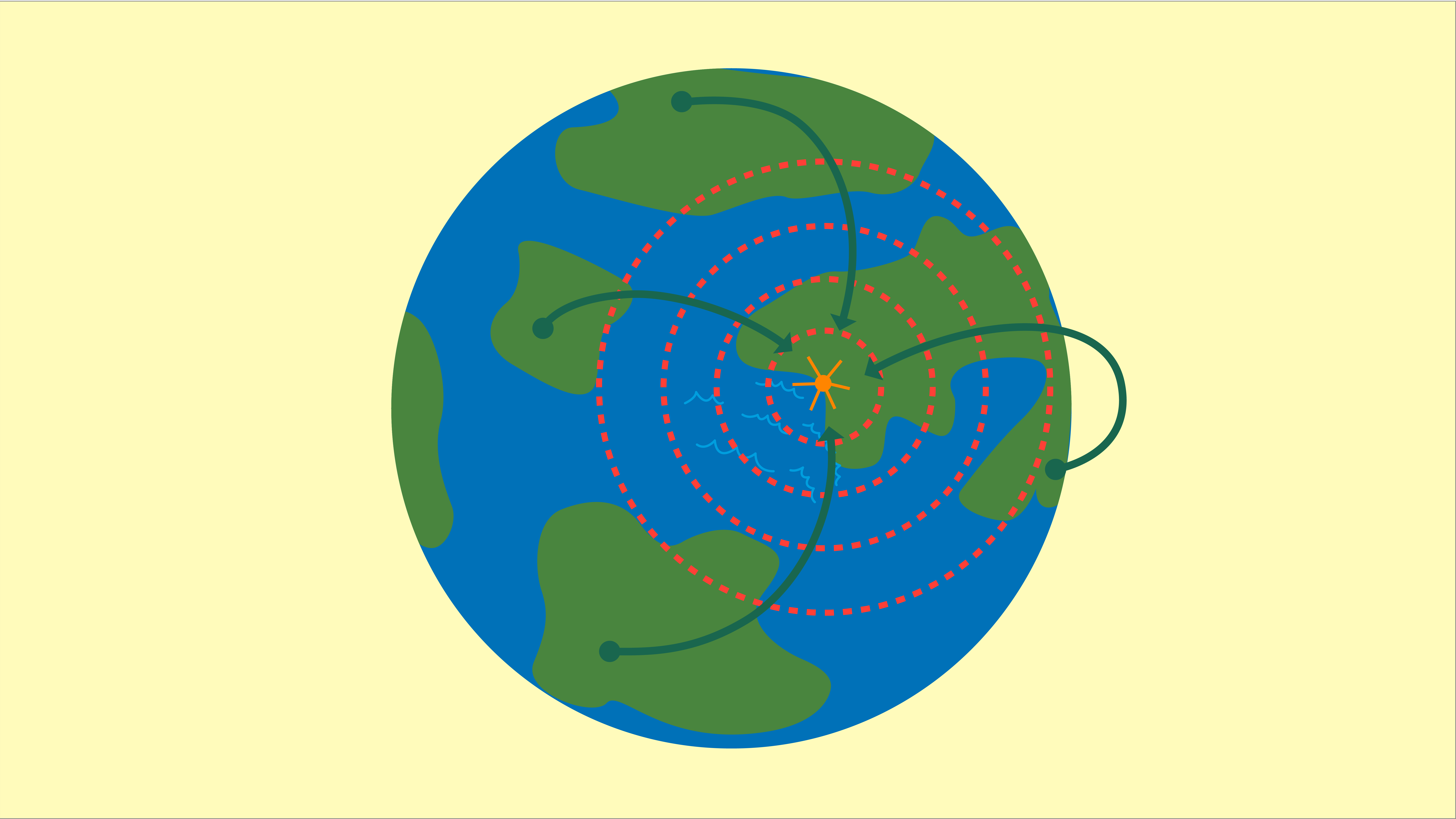
Illustration: E. Jonsson/Azote
4. Inclusivity and equity
Inclusivity and equity are critical for building trust and supporting collective action in responding to risk and change. More equal societies are less prone to instability and conflict.


Illustration: E. Jonsson/Azote
5. Adaptive learning
Adaptive learning enables us to detect changes, learn from them, and tailor strategies appropriately. This supports better decision-making and governance and reminds us of the need to move away from exclusively top-down approaches.


Illustration: E. Jonsson/Azote
Investing in these five attributes can shift from risk to resilience, ensuring that we go beyond recovery, risk mitigation, and incremental adaptation. Members of the Disaster Risk Reduction (DRR) community should use these five attributes to guide risk reduction and resilience building practice and measurement. This includes ensuring that funding streams for both mitigation and adaptation are linked; recognising local people and community agency over interventions and working together with them to implement and deliver solutions; and ensuring that measurement and evaluation meet the needs of local stakeholders as well as funders. This will allow us to build strategies to navigate the new risk landscape and create development trajectories that promote a resilient and stable Earth system.
Johan Rockström and Nathanial Matthews identify five attributes to move from risk to resilience: diversity, redundancy, connectivity, inclusivity and equity, and adaptive learning.
This piece is part of the From Risk to Resilience series, a content partnership between the UN Office for Disaster Risk Reduction (UNDRR) and the Global Resilience Partnership (GRP).
Johan Rockström is the Co-Director of Potsdam Institute for Climate Impact Research (PIK) & Professor at Stockholm Resilience Centre at Stockholm University (SRC). He is an internationally recognized scientist on global sustainability issues. He led the development of the Planetary Boundaries framework for human development in the current era of rapid global change. He is a leading scientist on global water resources, with more than 25 years’ experience in applied water research in tropical regions, and more than 150 research publications in fields ranging from applied land and water management to global sustainability.
Nathanial Matthews is the CEO of the Global Resilience Partnership. Previously, he led GRP’s resilience innovation investments with oversight across the technical work teams as GRP’s Program Director. Prior to joining GRP, he was the Global Research Coordinator at the CGIAR Research Program on Water, Land and Ecosystems and held various positions in the water sector and private sector. Nate holds a PhD in Geography from King’s College London and has published two books and authored over 55 scientific publications and reports.